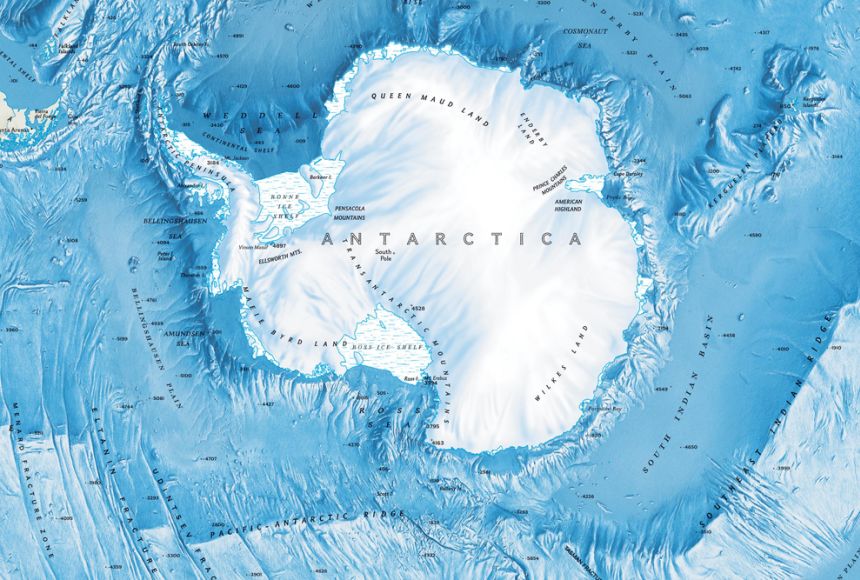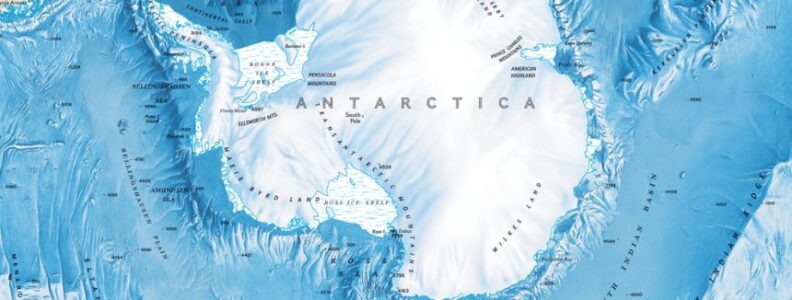7 Fascinating Facts About Frozen Frontier the South Pole – At the southernmost point of our planet lies a realm of unparalleled extremes—the South Pole. This frozen expanse stands as a testament to Earth’s capacity to astonish, challenge, and captivate. In this article, we delve into seven intriguing facts about the South Pole, uncovering the mysteries that shroud this remote region and shedding light on the unique characteristics that define it.
Fact 1: Geographical Center of Antarctica
The South Pole serves as the geographical center of the entire continent of Antarctica. It is located at a latitude of 90 degrees south and is the point around which the vast ice-covered landmass extends in all directions. slot gacor
Fact 2: Inaccessibility and Harsh Conditions
Reaching the South Pole is no small feat. The region’s extreme climate, with temperatures plummeting below -100°F (-73°C), makes it one of the most challenging environments on Earth. The isolation, fierce winds, and freezing temperatures contribute to the inhospitable nature of this remote location.

Fact 3: Continuous Darkness and Light
The South Pole experiences unique lighting conditions due to its location within the Antarctic Circle. From late March to late September, the region is cloaked in continuous darkness, enduring six months of winter night. Conversely, from late September to late March, the South Pole basks in perpetual daylight, with the sun never setting during the summer months.
Fact 4: International Research Stations
Multiple research stations operate at the South Pole, each representing different countries and conducting scientific studies on subjects ranging from climate change to astrophysics. One of the most famous research facilities is the Amundsen-Scott South Pole Station, which hosts scientists and researchers from around the world.
Fact 5: Unique Celestial Phenomena
Due to its proximity to the Earth’s axis, the South Pole offers a unique perspective on celestial phenomena. Astronomers at the South Pole have the opportunity to observe phenomena such as the Southern Lights (Aurora Australis) and the ability to see celestial bodies that are not visible from other parts of the world.
Fact 6: Moving Ice Sheet
The massive ice sheet that covers Antarctica is not static; it moves slowly over time. As the ice accumulates and compresses, it flows outward from the center of the continent. The movement of the ice can cause the South Pole’s position to shift, albeit at a very gradual pace.
Fact 7: Historic Explorations
The South Pole has been the focus of numerous historic expeditions, most notably Roald Amundsen’s successful journey to the pole in 1911 and Robert Falcon Scott’s tragic attempt in the same year. These early explorations marked significant milestones in the history of polar exploration and revealed the challenges and dangers of navigating this frozen frontier.
Conclusion: An Enigmatic Endurance
The South Pole, with its extreme conditions, unique lighting patterns, and rich history of exploration, continues to captivate our imagination. It stands as a testament to human resilience and curiosity, as scientists and researchers brave its harsh environment to uncover the secrets of our planet’s southernmost reaches. As we uncover the fascinating facts that define the South Pole, we gain a deeper appreciation for Earth’s incredible diversity and the lengths to which humanity will go to explore its most remote corners.

